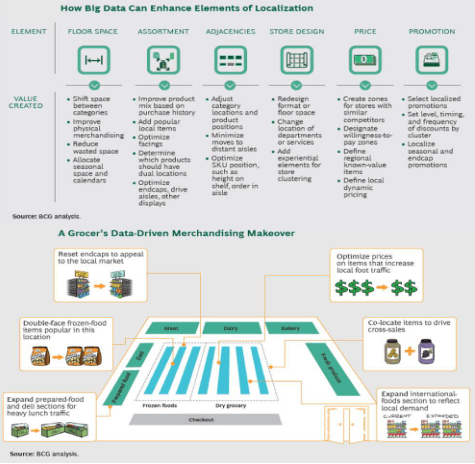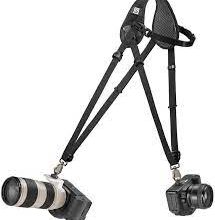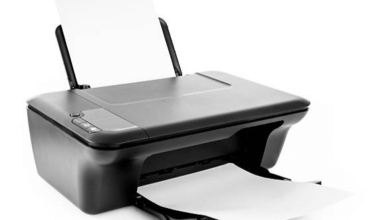Key Components of Retail Predictive Analytics

What is retail predictive analytics?
Retail predictive analytics is a field of data science that deals with making predictions about future events in the retail industry. This area of predictive analytics has seen significant growth in recent years, due to the increasing availability of data and the need for businesses to better understand consumer behavior.
Predictive analytics retail can be used to forecast everything from sales and demand, to customer loyalty and retention. By understanding what customers are likely to do in the future, businesses can make more informed decisions about pricing, promotions, product assortment, and more. Additionally, retail predictive analytics can help identify potential risks and opportunities that may impact the business.
Overall, retail predictive analytics is a powerful tool that can be used to improve decision-making in the retail industry. With its ability to provide insights into future consumer behavior, it can help businesses gain a competitive edge and drive growth.
What are the benefits of retail predictive analytics?
As the world of retail changes, so too does the way businesses operate. In order to stay ahead of the curve, many retailers are turning to predictive analytics in order to make informed decisions about their inventory, pricing, and promotions. By using data from past sales and customer behavior, predictive analytics can give retailers a glimpse into what their customers are likely to do in the future. This information can be used to make decisions about everything from what products to stock on shelves to when and how to run sales.
There are numerous benefits that come with using predictive analytics in retail. Perhaps most importantly, it can help businesses avoid costly mistakes. For example, if a retailer knows that a particular item is not likely to sell well in the near future, they can avoid overordering it and being stuck with excess inventory. Additionally, by understanding customer behavior patterns, retailers can make more targeted decisions about pricing and promotions. This can lead to increased sales and happier customers who feel like they are getting a good deal.
Overall, predictive analytics is a powerful tool that can help retailers stay ahead of the competition and make better decisions about their business. When used correctly, it has the potential to greatly improve operational efficiency and boost bottom-line results
What are the key components of retail predictive analytics?
In order to maximize sales and profits, retailers need to be able to accurately predict consumer behavior. This is where retail predictive analytics comes in. Retail predictive analytics is a data-driven approach that uses historical data and machine learning algorithms to make predictions about future consumer behavior.
The key components of retail predictive analytics are:
- Data sources: In order to build accurate predictions, retail predictive analytics needs access to high-quality data. This data can come from a variety of sources, including point-of-sale systems, loyalty programs, customer surveys, and social media data.
- Machine learning algorithms: These algorithms are used to analyze the data and make predictions about future consumer behavior. Common machine learning algorithms used in retail predictive analytics include decision trees, random forests, and support vector machines.
- Predictive models: The output of the machine learning algorithm is a predictive model that can be used to make decisions about how to optimize the retailer’s business operations. For example, the model might predict which customers are most likely to respond positively to a certain marketing campaign or what product assortment would be most successful in a new store location.
- Implementation and evaluation: Once the predictive model has been built, it needs to be
How can retailers use predictive analytics to improve their businesses?
In recent years, predictive analytics has become one of the most popular tools in retail. By analyzing past customer data, retailers can make better decisions about inventory, pricing, and marketing. Here are a few ways that retailers are using predictive analytics to improve their businesses:
- Inventory management: By predicting future customer demand, retailers can avoid stockouts and overstocks.
- Pricing: Predictive analytics can help retailers optimize their prices to maximize profits.
- Marketing: Retailers can use predictive analytics to identify which customers are most likely to respond to certain marketing messages.
- Customer loyalty: By understanding which customers are at risk of defecting to a competitor, retailers can take steps to keep them loyal.
- Fraud detection: Retailers can use predictive analytics to identify suspicious behavior and prevent fraud before it happens.




